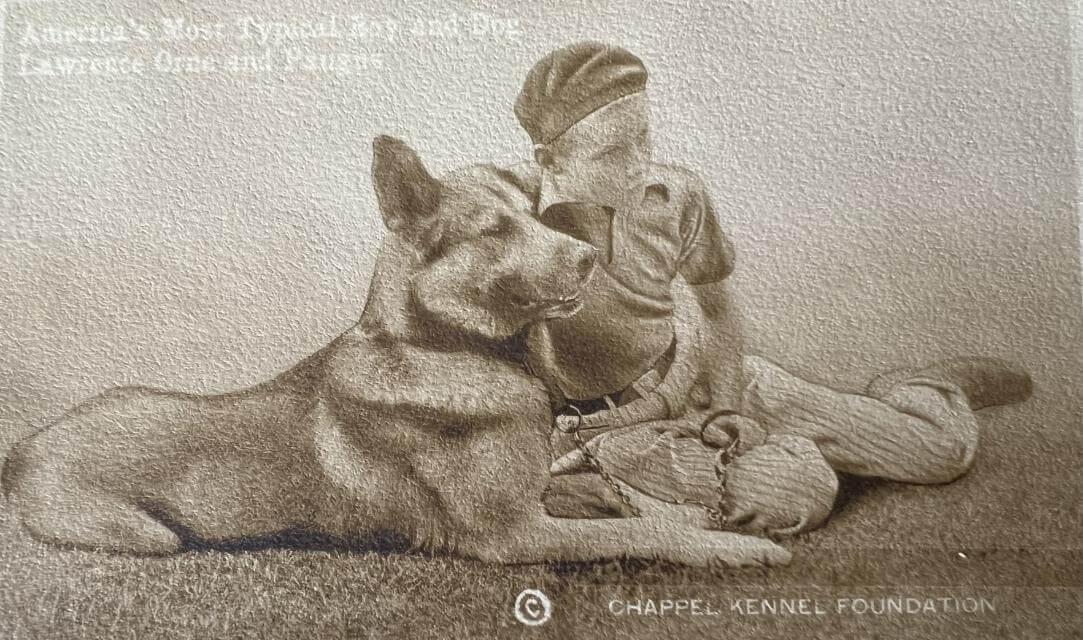
Home » Chinook History
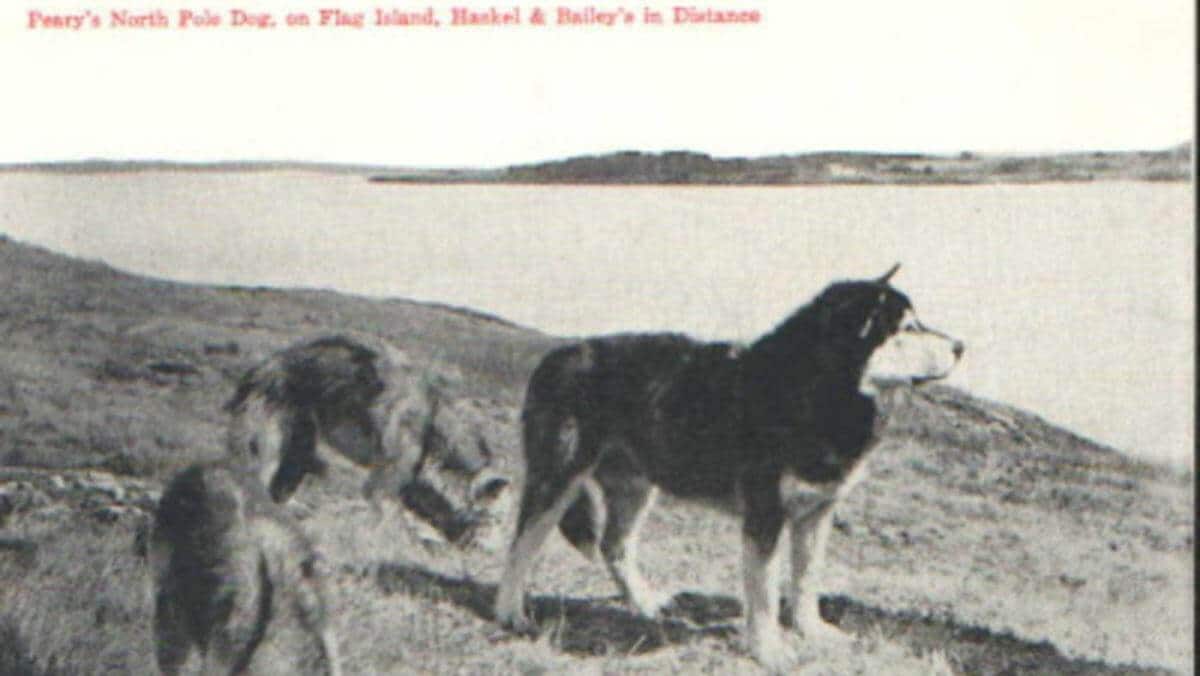
The Chinook is a rare breed of sled dog, developed in New Hampshire by Arthur Treadwell Walden, who had a farm in Wonalancet in the White Mountains during the early 20th century. The Chinook, the American Kennel Club’s 176th breed, joined the Working Group in 2013. In June 2009, after lobbying by the seventh-grade students of Lurgio Middle School in Bedford, Governor John Lynch signed a bill making the Chinook the New Hampshire State Dog.
Chinook history resembles a secret recipe from grandma. Shared through written scraps, oral traditions, letters, interviews, and old publications. Wanderlust, adventure, and exploration are part of the magical mixture that helped create the Chinook breed.
Interestingly, the larger-than-life legend of Arthur Walden is intertwined with that of Chinook. Without Chinook, there would be no Arthur Walden; without Walden, there would be no Chinook. Walden’s dog wasn’t just any Chinook; he was the first.
Arthur Walden was born in 1871, the son of Episcopal minister Rev. Treadwell Walden and Elizabeth Leighton. Walden attended Shattuck Military School in Faribault, Minnesota, and lived in Boston, Massachusetts. Walden was not a fan of city living. After completing his education, he moved to his family’s country home in Tamworth, New Hampshire. Once in New Hampshire, he became the farm manager of Wonalancet, Kate Sleeper’s 1,300-acre farm and inn. Sleeper was the daughter of prominent Bostonians Charles F. Sleeper and Zilpha Thomas.
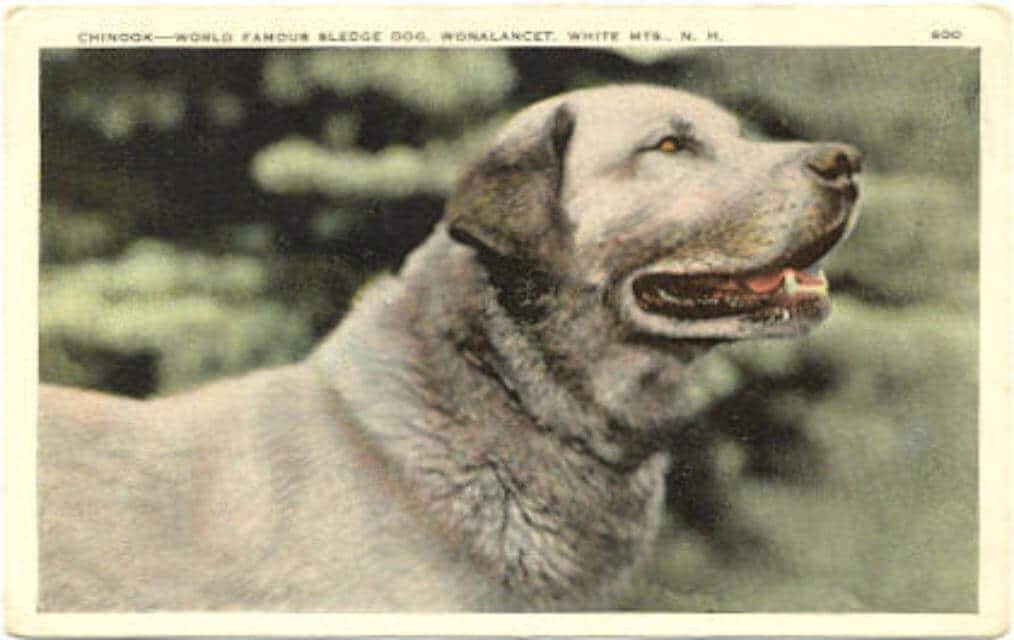
At 24, true to form, a restless Walden wanted more adventure and debated if South America or Alaska would offer more. He flipped a coin, and Alaska won. He headed north to Alaska in 1896, traveling up the Inside Passage, over the Chilkoot Pass, down the Yukon River through the Whitehorse Rapids, and downriver to Circle City.
Walden tried his hand at many jobs: prospector, logger, stevedore, river pilot, and his favorite job, “dog punching,” hauling freight by dog sled. He wrote a book about his adventures in Alaska called Dog Puncher in the Yukon. The text is full of colorful descriptions of Walden’s adventures. It is still considered a classic tale of the northland frontier. During this time, Walden’s favorite lead dog was a large husky cross that he named “Chinook” after the warm winter winds.
When Walden returned to New England, he brought his love of dog sledding. He settled in Wonalancet, New Hampshire, a part of Tamworth, and in December 1902, he and Kate Sleeper married. Walden brought various dogs to Wonalancet Farm and began breeding dogs with his ideal combination of strength, speed, endurance, and good-natured temperaments.
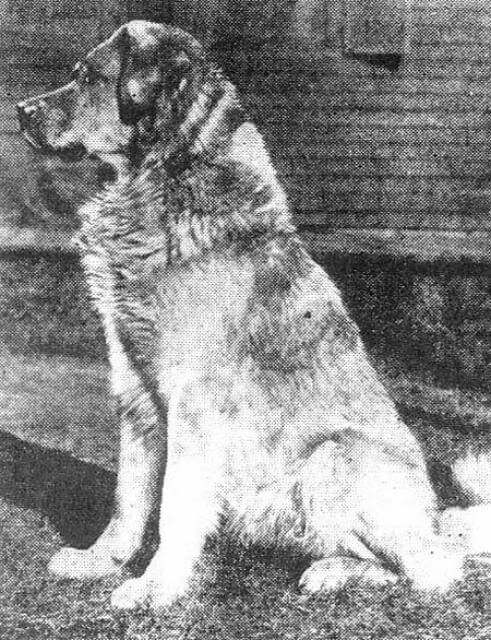
Chinook’s ancestry was connected to exploration, too. His dam, Ningo, was a Greenland Husky and granddaughter of Polaris, Admiral Peary’s lead sled dog on his 1909 expedition to the North Pole. Kim, Chinook’s sire, was a sizable mastiff-looking farm dog mix that Walden picked up as a stray.
Kim and Ningo produced three puppies born on January 17, 1917. Walden called them Rikki, Tikki, and Tavi after Rudyard Kipling’s famous Jungle Book characters. Walden soon recognized these pups’ intelligence and ditched Rikki and Tikki’s names, renaming them Chinook and Hootchinoo after two outstanding lead dogs he had owned in Alaska.
Walden first used Hootchinoo as his lead dog, and then a year later, he tried Chinook in the lead position. The unassuming Chinook astounded everyone with his intelligence, understanding, and trail sense. Chinook was friendly, gentle, fast, and had great endurance. He became Walden’s most trusted leader, the foundation sire of his kennel lines, and his constant companion. Descendants of Chinook would later be called “Chinooks” in honor of the foundation sire.
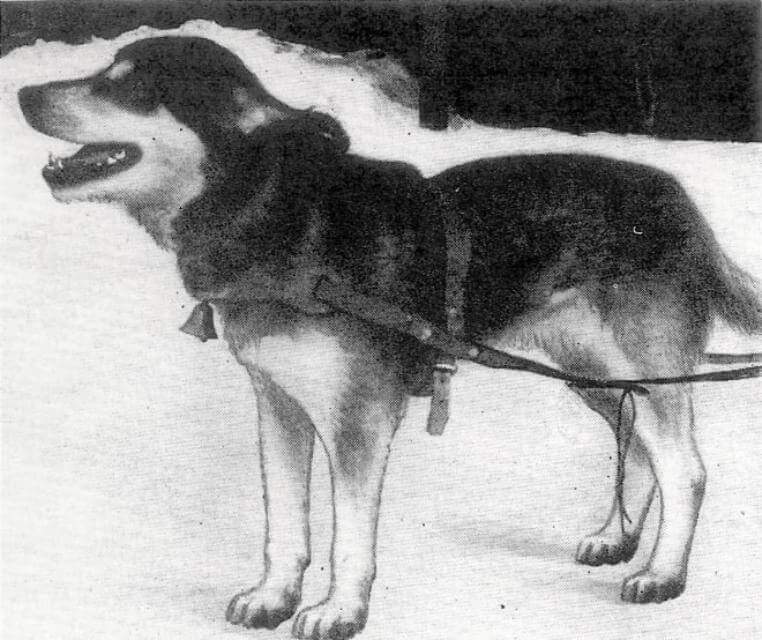
Chinook (the original) grew to be a large dog. In his book Harness and Pack, Walden described Chinook as “a large tawny yellow dog, a half-bred Eskimo, with dark ears and muzzle,” known not only as a wonderful sled dog but also for his gentle disposition toward children.
Walden and his dog sled team, with Chinook in the lead, were credited with bringing the sport of sled dog racing to New England. In 1924, Walden founded the New England Sled Dog Club, the oldest club of its kind still operating today. In 1927, Walden was appointed to head the Dog Department for Admiral Richard Byrd’s first Antarctic Expedition (BAE I). Admiral Byrd described Walden and his sixteen Chinook dogs as the backbone of the expedition transport.
Sadly, the father of the breed, Chinook himself, was lost in Antarctica in 1929 at the age of 12. His death devastated Walden, and Chinook was mourned around the world. At Walden’s request, Route 113A from Tamworth to Wonalancet now has the name “Chinook Trail” to honor his famous lead dog.
Returning to New Hampshire from the Antarctic, now almost 60, Walden found himself in a tough spot. The 1929 financial crash had depleted his finances, and his wife had fallen ill. He was forced to sell the Chinook Kennels to Milton and Eva “Short” Seeley. The Chinooks moved to a new location with Jock, Hootchinoo, and Zembla, the dogs he had placed with Julia Lombard who lived nearby, before heading off to Antarctica. (Lombard’s family owned Old Mother Hubbard dog manufacturing company.)
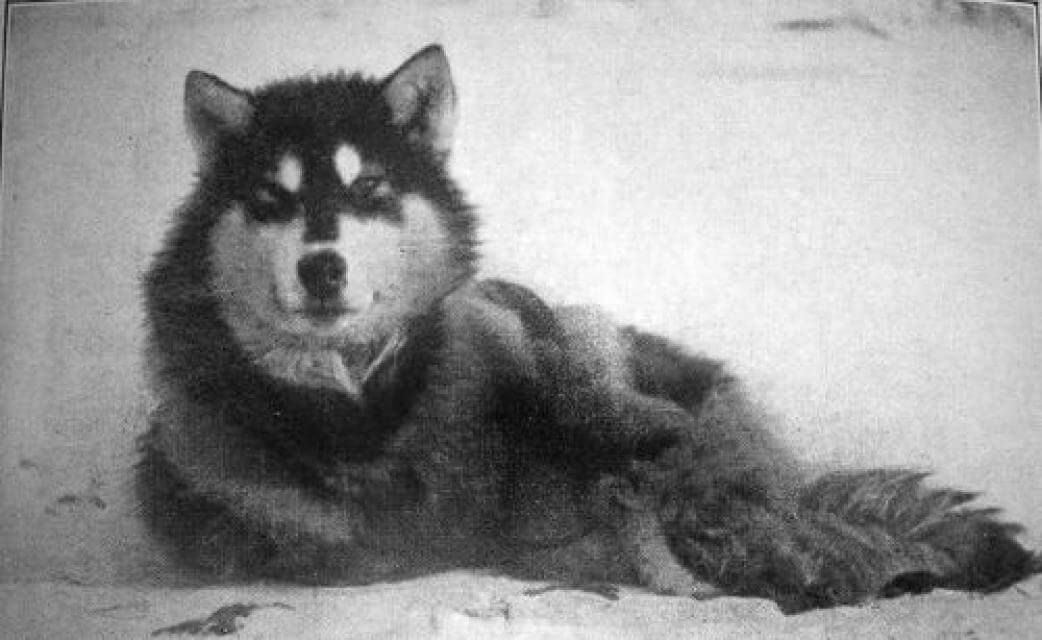
Walden wrote Leading a Dog’s Life in 1931. Also, in 1931, Arthur Walden received the Congressional Medal for his part in Admiral Richard Byrd’s Antarctic Expedition. In 1939, a silent movie called Chinook’s Children was made; in 1940, Lombard sold the breeding rights to Perry Green, a Maine resident and outdoorsman. In 1947, Walden lost his life in a fire while rescuing his wife from the blazing Wonalancet farmhouse.
After this, the rare breed became even rarer. By 1965, the Guinness Book of World Records recorded that there were only 125 Chinooks alive in the world, and dwindling. They were kenneled in Warren, Maine, and in 1981, only 28 dogs remained, and most were elderly or neutered. The remaining 11 breedable Chinook dogs were divided between interested parties in various locations throughout the US: Neil and Marra Wolpert of Ohio (Singing Woods had five litters), Peter Abrahams of California (Yokayo Chinooks had two litters), and Kathy Adams of Maine (Alder Patch Chinooks had four litters). Between them, they saved the breed from extinction, and today, there are about 1,000 Chinooks.
